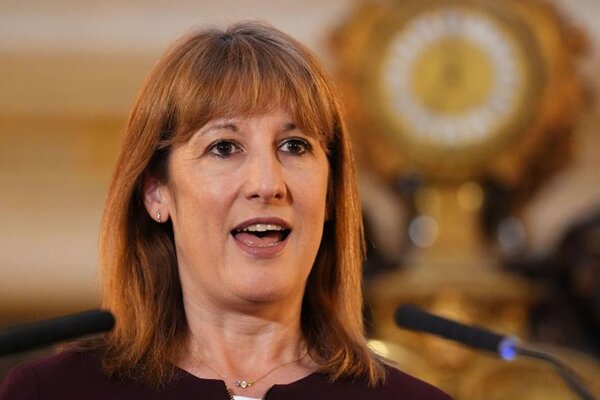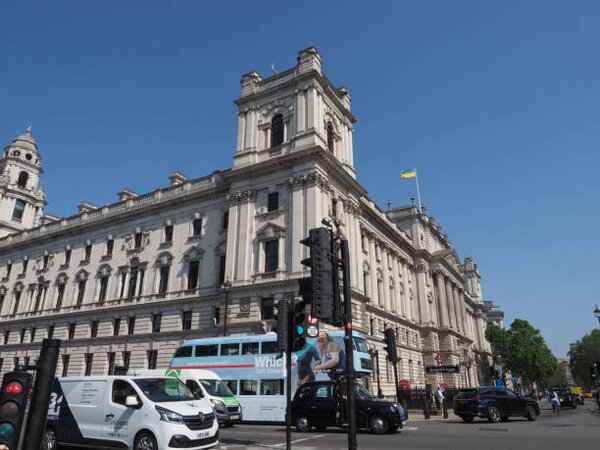Introduction
The future of the two-child benefit cap has become a critical issue within the Labour Party, as party leaders weigh the cost of removing the restriction against competing priorities.
The policy, which prevents families from claiming additional means-tested support for a third or subsequent child, is under scrutiny by both the party’s left wing and senior figures concerned about public spending.
Chancellor Rachel Reeves is considering a range of options, including scrapping or modifying the cap, in the face of strong opinions from Labour MPs, public polling, and the need to protect vulnerable families.
This debate is unfolding as the government contends with wider fiscal pressures and preparations for an upcoming budget that may include tax increases.
Overview of the Two-Child Benefit Cap
Introduced by the previous Conservative government, the two-child benefit cap limits means-tested child benefits to the first two children in most households.
The policy was designed to reduce public spending but has attracted criticism from anti-poverty groups who argue it disproportionately affects low-income families. According to official figures, thousands of families each year are impacted, with campaigners warning of increased hardship among larger households.
Labour’s leadership now faces calls to address what some within the party see as an unfair measure. However, the policy remains in place, with several prominent figures favouring a cautious approach towards substantial welfare spending.
Political Debate within Labour
Divisions have emerged in the Labour Party over whether to maintain or repeal the cap. Some Labour MPs, especially those with narrow majorities, have argued that ending the restriction is essential to fulfil party values and campaign promises.
They view removing the cap as a step towards reducing child poverty, a key Labour commitment. However, others caution that reversing the policy could be politically costly, with concerns about the sustainability of welfare spending. Labour’s internal discussions reflect broader debates about balancing fiscal discipline with social justice.
Education Secretary Bridget Phillipson has stated that tackling child poverty is a “moral mission” for the party, underlining the strength of feeling in favour of change among some ministers.
Financial Considerations and Policy Options
The potential cost of abolishing the two-child cap poses a significant challenge. Estimates suggest that a complete removal would require between £3 and £4 billion annually.
The Chancellor must decide whether to accommodate this expenditure amid tight public finances and ongoing commitments to fiscal prudence. Think tanks, including the Institute for Fiscal Studies, have proposed alternative approaches to mitigate costs.
For instance, increasing the cap from two to three children could cost approximately £2.6 billion each year. Introducing a tapered system, where parents receive full support for the first two children and a reduced amount for additional children, might reduce the burden to around £1.8 billion.
Alternative Proposals and Exemptions
Several senior party figures have suggested compromises short of abolishing the cap. Former Home Secretary David Blunkett has advocated retaining the cap but introducing exemptions for families with disabled children or parents who have been widowed.
He supports complementary anti-poverty measures and improved employment pathways for parents, funded through targeted tax measures such as a levy on gambling. Similar calls for a more nuanced policy have been made by former Prime Minister Gordon Brown, who has endorsed increased government action to reduce child poverty.
These proposals underscore the complexity of Labour’s internal policy debate, which encompasses both practical fiscal constraints and broader social goals.
Public Opinion and Political Implications
Public polling indicates that the two-child benefit cap enjoys significant support among the general population. According to YouGov, as of autumn 2025, approximately 59 per cent of respondents favour maintaining the cap, while just 26 per cent support its removal.
This public sentiment presents an additional challenge for Labour, as any decision to amend or scrap the policy risks alienating a large segment of voters. Nevertheless, Labour’s grassroots and parliamentary members are pressing for swift action to tackle rising child poverty.
The leadership must balance these competing demands in the context of the party’s stated ambitions and electoral prospects.
Final Summary
Labour’s approach to the two-child benefit cap foregrounds the party’s effort to reconcile internal divisions, fiscal realities, and its commitment to reducing child poverty. Options under consideration range from complete abolition to targeted modifications and exemptions.
The policy decision is complicated by the need to adhere to stringent budgetary conditions, strong public backing for the cap, and the party’s pledge to support working families. The upcoming budget and local elections add urgency to the debate, with party leaders seeking to balance public expectations against practical constraints.
As Labour continues to navigate these challenges, policy watchers can follow developments using platforms such as the Pie app, which keeps users updated on the latest changes in social and fiscal policy.











